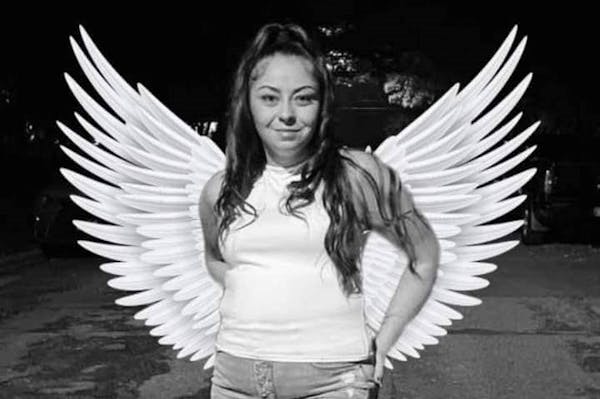Rebecca Crooks-Stratton's daughter came home from fourth grade one day with a big assignment.
Pick a tribe, any tribe. Learn where they lived, how they dressed, what they ate.
"It was all completely in the past," said Crooks-Stratton, secretary/treasurer of the Shakopee Mdewakanton Sioux Community — the sovereign nation that is, at this very moment, the largest employer in Scott County.
Minnesota's tribes aren't history. Why would we teach about them in the past tense?
"This is your opportunity to say 'We're still here,'" she recalled, coaxing her daughter to push the boundaries of the assignment. "We shop at Mazopiya, our local food store. We run businesses like convenience stores and gyms and day cares."
She wanted the story of Indian Country told in present tense. Beyond the old textbooks where their stories stopped somewhere around the Trail of Tears. Beyond the old Westerns where only the cowboys rode off into the sunset.
If you want to tell better stories, you start with good storytellers.
"Come, let us gather around the fire for some storytelling — stories woven across time and people." So begins a collection of stories from five generations of one Minnesota family, shared by Teresa Peterson and her uncle Walter "Super" LaBatte Jr. in their book "Voices From Pejuhutazizi: Dakota Stories and Storytellers."
"Quiet your mind. Listen with your heart. Shh. It's time now. Let's listen to Grandpa Fred and [Uncle] tell stories. We'll see you on the other side of the moon."
The Shakopee Mdewakanton Sioux Community offered 10,000 free copies of the book to Minnesota teachers this month, part of the tribe's multimillion-dollar Understand Native Minnesota campaign to change the classroom narrative about their past and present.
Within six hours, every copy of the book had been claimed, prompting the campaign to offer another 10,000 free copies.
"These are our stories — Indians," said LaBatte, an artist and a storyteller from a long line of storytellers. "In the past, it's always been white men telling our stories. Now we're telling our own."
The story begins in Pejuhutazizi Kapi: the place where they dig the yellow medicine — the bitter root of the moonseed vine that was a traditional Dakota remedy. The story begins with a community now known as the Upper Sioux, in a place now known as western Minnesota's Yellow Medicine County.
They're stories about the past, but told by people in the present whose lives have been shaped and strengthened by those who came before. Starting with LaBatte's great-great-grandmother, Her Dragonfly Shawl Woman, who was 10 or 12 years old at the start of the U.S.-Dakota War. Susba — dragonfly — would later tell her grandchildren about the time she ran through a hail of Army bullets to retrieve a bag of ammunition when their camp was attacked.
Every family has stories. Not every family is lucky enough to have written them down.
"These are the voices from Pejuhutazizi. Voices from my grandpa and voices from me, but there are other voices behind us," LaBatte said. Growing up, he listened to the elders telling stories: "I never remember them saying 'Now remember this. This is important.' I just listened and I put it away."
As he grew older, "the stories started to fall out of my head," he said with a laugh. He started to write the stories down, just as his grandfather, Walter LaBatte Sr., born in 1900, had done with the stories he heard from the elders of his day.
The Minnesota Historical Society Press published the book last year, with the title LaBatte wanted.
"They said, 'Well I don't know if people will know how to pronounce that,'" he said. "So I said, well, OK, here: It's called pah-you-ta-zi-zi. Pejuhutazizi."
If you can pronounce Mni Sota, you can pronounce Pejuhutazizi.
"These stories, they don't come from Granite Falls or Yellow Medicine County," LaBatte said. "They come from Pejuhutazizi."
To learn more about the Understand Native Minnesota project, visit understandnativemn.org.

Brooks: Camp Ripley opens its first full-time daycare

Brooks: South Dakota Gov. Kristi Noem's fealty to Trump gets rewarded with Cabinet post

Brooks: At this Minnesota college, every student is entitled to free bagpipe lessons
Brooks: In a democracy, we get the government we deserve. America asked for Trump.


